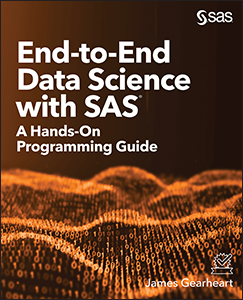
SAS SQL handles missing values differently than the ANSI standard for SQL. PROC SQL follows the SAS convention for handling missing values: numerical missing values are always interpreted as less or smaller than all nonmissing values. My first blog showed that missing values can be troublemakers in non-grouped descriptive statistics.

























